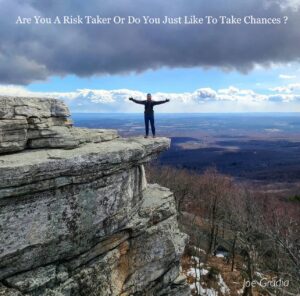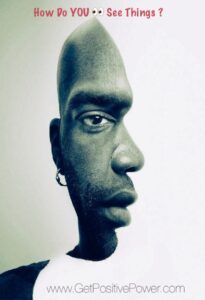 The “person in the mirror” is you — but with a twist: it’s not exactly how other people see you.
The “person in the mirror” is you — but with a twist: it’s not exactly how other people see you.
It’s a reversed version of your face, so the features are mirrored, and that’s why you might think you look slightly different in photos.Getting to know the person in the mirror is really about building self-awareness and self-acceptance.
It’s less about staring at your reflection and more about having honest conversations with yourself — even the uncomfortable ones.
Here’s a path that works for a lot of people:
1. Look without judgment
• Start by simply looking at yourself for a minute or two each day without immediately jumping to criticism.
• Notice your expressions, posture, and eyes — they often reveal more about your feelings than you think.
2. Ask questions out loud or in a journal
• “What am I feeling today?”
• “What am I proud of this week?”
• “What am I avoiding, and why?”
3. Trace your patterns
• Reflect on repeated habits, reactions, and thought loops.
• Try to connect them to their origins — often, they’re linked to old experiences or beliefs.
4. Acknowledge strengths and weaknesses equally
• If you only see flaws, you’ll never truly know yourself.
• If you only see strengths, you’re missing the blind spots.
5. Practice small, deliberate self-promises
• Keep one tiny commitment to yourself each day — even something as small as drinking enough water or taking a walk.
• Self-trust builds self-knowledge.
6. Check in during tough moments
• Pause in front of a mirror or mentally picture yourself when stressed and ask: I am who I am ~ Joe Gradia
 Perfect—“I AM” affirmations are a powerful way to set a tone of confidence, self-love, and purpose. Here are a few formats you can use, depending on the vibe you’re going for:
Perfect—“I AM” affirmations are a powerful way to set a tone of confidence, self-love, and purpose. Here are a few formats you can use, depending on the vibe you’re going for: “Are you living life on the edge… or do you just like taking chances? There’s a difference between chasing purpose and chasing your dreams!
“Are you living life on the edge… or do you just like taking chances? There’s a difference between chasing purpose and chasing your dreams! “Being kind doesn’t slow you down — it lifts others up and brings you peace. Life’s too short.. ~ Joe Gradia
“Being kind doesn’t slow you down — it lifts others up and brings you peace. Life’s too short.. ~ Joe Gradia  People see things differently because of a combination of life experiences, values, beliefs, emotions, environment, and biology. Here’s a breakdown of the main reasons why perceptions differ:
People see things differently because of a combination of life experiences, values, beliefs, emotions, environment, and biology. Here’s a breakdown of the main reasons why perceptions differ: